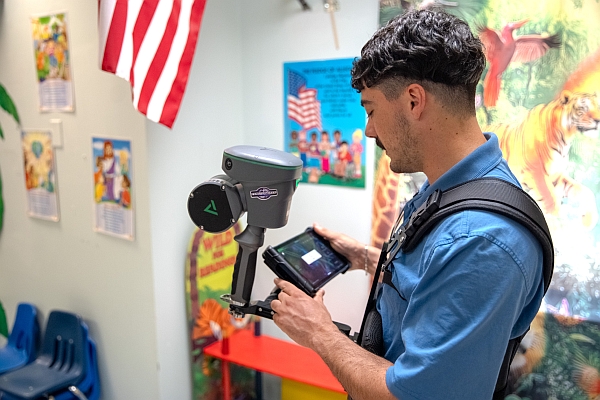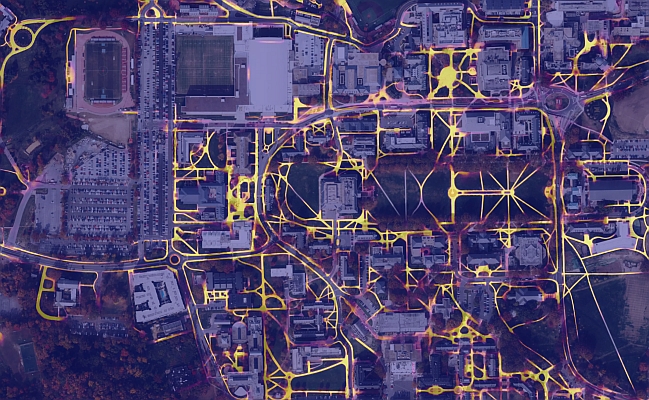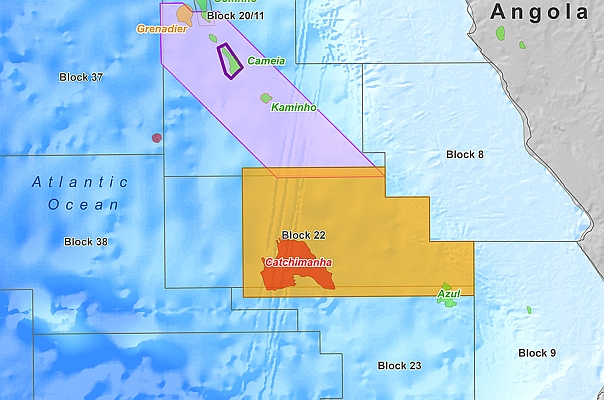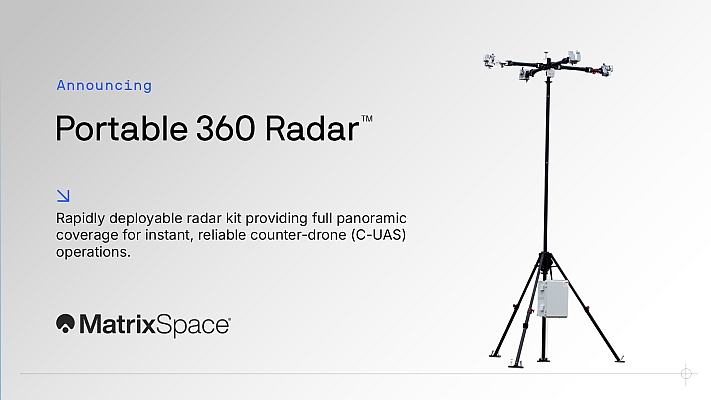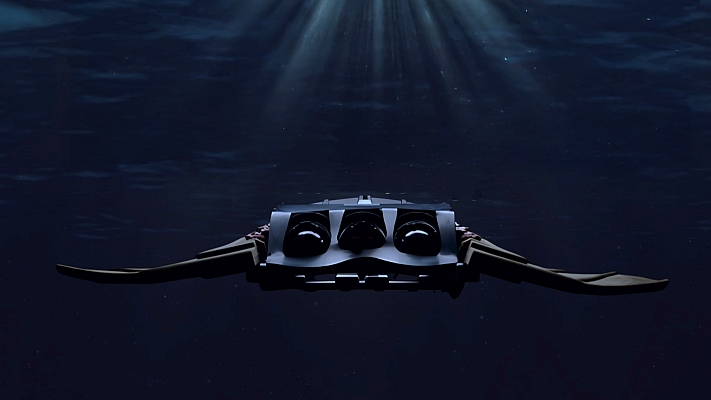ERDAS announces the release of LPS eATE, a new module for generating high-resolution terrain information from stereo imagery, enabling users to model their worlds with point clouds from imagery.
LPS eATE is an add-on module to LPS, an integrated suite of workflow-oriented photogrammetry software tools for production mapping, including the generation of digital terrain models, orthophoto production and 3D feature extraction. Automating precision measurement, maintaining accuracy and including flexible operations such as image mosaicking, LPS increases productivity while ensuring high accuracy.
LPS eATE provides an unparalleled environment for creating terrain data. With a flexible architecture, LPS eATE utilizes advanced processing algorithms to achieve superior results.
“With an increasing number of sensors delivering vast amounts of raw imagery every day, production mapping professionals need powerful tools that boost their productivity,” said Mladen Stojic, Senior Vice President, Product Management & Marketing, ERDAS. “LPS eATE incorporates a host of technology to provide high accuracy surfaces, ensuring savings in terms of overall cost and time.”
With sensors achieving increasingly higher resolutions, LPS eATE maximizes their potential to generate high-density, accurate results. From satellite to airborne frame and pushbroom sensor technologies, in a wide variety of terrain conditions (requiring different densities and output formats), LPS eATE comprehensively meets project requirements.
Easily scalable, LPS eATE is an ideal solution for both small and large terrain generation jobs. LPS eATE utilizes the power of multi-core computer systems and supports parallel processing across a networked group of computers.
LPS eATE also includes tools for producing LAS point clouds. Increasing flexibility, LPS eATE supports the ability to visualize imagery in 3D by associating RGB values with terrain points in a LAS file. Additionally, the output point clouds can be classified and automatically filtered to remove undesired objects as an integrated part of the eATE process.
Follow us on Twitter.


